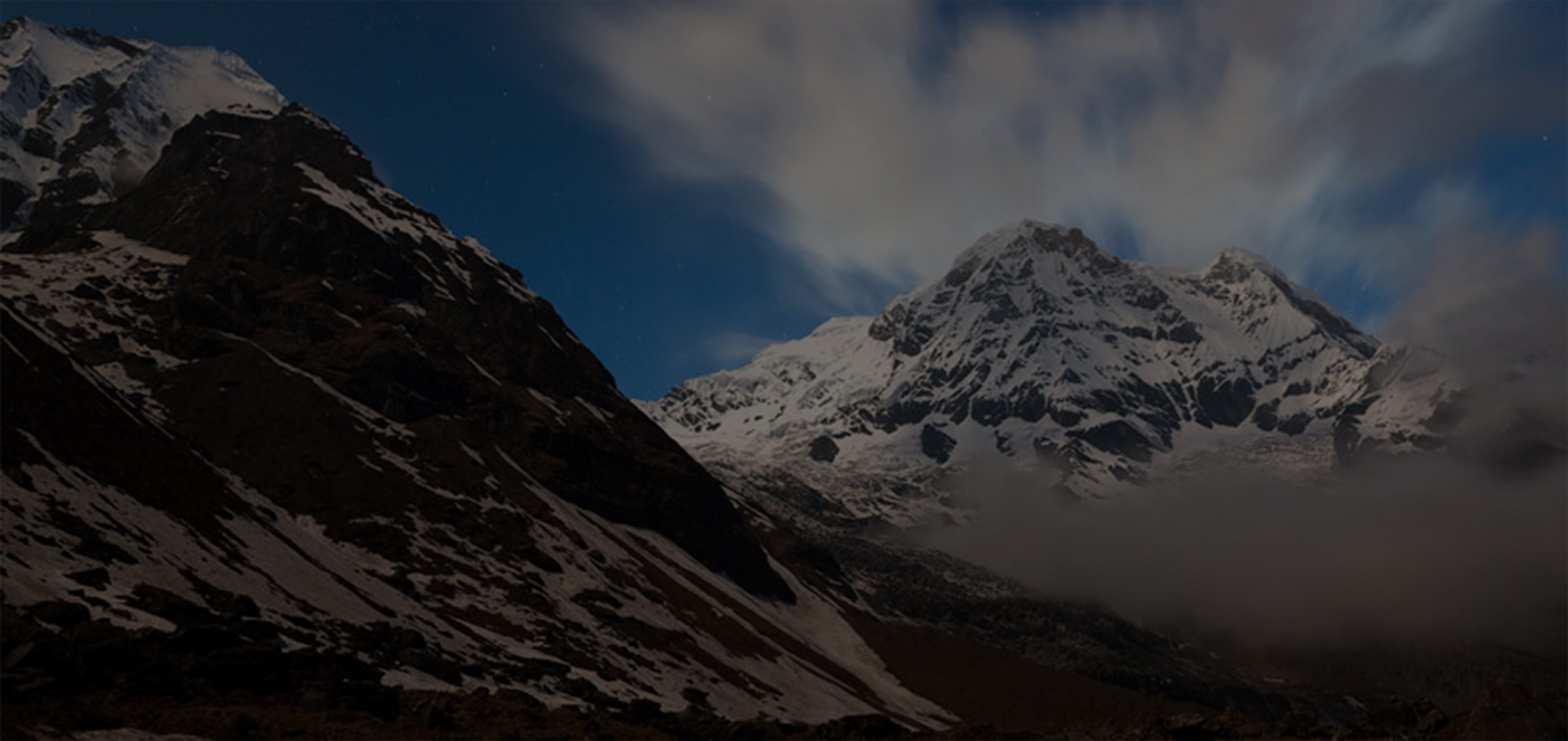Introduction
Imagine stepping onto a trail where each step brings you closer to the glimpses of ancient monasteries in the Manaslu region. The Manaslu Circuit is a journey into a world where historic monasteries and timeless temples rest quietly among rugged mountains. In this article, we will explore the monasteries and temples on the Manaslu circuit. These sacred sites are nestled in some of the most breathtaking landscapes on Earth. It offers a unique chance to the trekkers to connect with cultural heritage and spiritual traditions of Nepal. The surrounding here is adorned with the vibrant prayer flags dancing in the breeze. You will discover both natural beauty and the peace that comes from experiencing centuries-old heritage from close. By the end of this blog, you will have a deeper understanding of the monasteries and temples on the Manaslu circuit. Let’s get started…
The Spiritual Essence of the Manaslu Circuit
The cultural sites on the Manaslu circuit are a passage into Nepal's spiritual soul. Every winding path and mountain pass reveals layers of culture deeply intertwined with nature. Here, travelers are stepping into a world where spirituality and daily life blend seamlessly.
The journey of ancient monasteries in the Manaslu region is colored by traditions that have shaped the Manaslu region for centuries. As you pass through small, remote villages, you'll notice the simple yet powerful presence of Buddhism. Stupas and mani walls are carved with prayers, and intricately carved prayer wheels line the route. It symbolizes the hopes and faith of the communities living here. No matter how subtle it looks, each sacred site adds a layer of reverence to the trail. It invites travelers to pause and appreciate the spiritual energy that flows through these mountains.
Temples and monasteries along the Manaslu Circuit are living sanctuaries where monks continue ancient practices of meditation, chanting, and prayer. These sacred places, like the iconic Lho Monastery or the quiet beauty of Sama Gaun’s monastery, offer glimpses into a way of life centered on mindfulness and compassion. Many trekkers find themselves struck by the calm that fills these spaces, a calm that’s hard to put into words but stays with you long after you leave.
The connection between culture and landscape is deeply felt in the rituals and festivals along the journey. These celebrations are genuine expressions of faith, family, and tradition. Observing these ceremonies, even as an outsider, gives you a sense of the enduring respect of local people for the land and their beliefs.
Walking the Manaslu Circuit is like walking through a tapestry woven with stories of resilience, faith, and harmony with nature. It’s an invitation to see the world through a different lens, to respect the natural world, and connect with the wisdom embedded in its ancient paths and sacred landmarks on the Manaslu circuit. This journey touches something beyond the physical, making the Manaslu Circuit an experience that’s as spiritual as it is scenic.
Cultural Sites on the Manaslu Circuit
Sacred Longdan Gompa
Holy Longdan Gompa feels almost like it’s floating above the clouds. This esteemed monastery in the Manaslu region is a haven of peace. Here the wide sceneries of the surrounding Himalayas add a surreal coating to its spiritual atmosphere. Entering Longdan Gompa is like stepping into a world far removed from the hustle of daily life. Here, the monks maintain a rhythm of life steeped in prayer and contemplation. Likewise, colorful prayer flags flutter in the crisp mountain breeze. The sound of monks’ chants blending with the wind can make even the most skeptical of travelers pause and reflect. For visitors, this monastery on the Manaslu circuit is a place to feel the aura of the doorway into the timeless peace that defines this sacred landscape.
Serang (Nubri) Monastery
Serang Monastery is located in the Nubri Valley. It is a center of Buddhist learning and devotion. It is famous for its complex architecture and rich history. The journey to reach Serang feels like an initiation of trekking across rugged terrain to a place that seems forgotten by time. But the reward is more than worth it. Once you reach there, you’ll find the cultural exploration in the Manaslu region alive with tradition. Vibrant murals portray scenes from Buddhist folklore, and prayer wheels line the walls, inviting visitors to turn them as an act of reverence. For many, Serang Monastery offers a unique blend of warmth and wonder, as monks welcome travelers with quiet smiles and share stories of life in these remote hills. The serenity here is powerful, assembling this ancient monastery on the Manaslu circuit as a place of inspiration and introspection.
Shyala Monastery (Pungyen Gompa)
Pungyen Gompa is located in the valley of Shyala. It is known for its secluded beauty and deep stability. This small traditional monastery in the Manaslu region offers an intimate glimpse into the spiritual life of the Himalayas. Reaching Pungyen Gompa requires a bit of a detour from the main Manaslu trail. Those who make the journey find themselves rewarded with a quietness that feels almost sacred. The surrounding views are spectacular, with Manaslu’s towering peaks standing guard in the distance. Visitors often describe a deep sense of peace upon arrival, as if the mountains watch over this little monastery. For those who come here, Pungyen Gompa is not just a stop on the trek; it’s a reminder of the stillness and beauty that can only be found in places untouched by the modern world.
Rachen Gompa
Rachen Gompa is one of the region’s most well-known nunneries (housing a community of nuns who dedicate their lives to spiritual study and meditation). The sight of Rachen Gompa in the misty Tsum Valley is enchanting, with its warm red-and-white walls set against a rugged backdrop. The nuns here carry on a centuries-old tradition of practicing and preserving Buddhism. Their daily rituals fill the gompa with a sense of reverence that can be felt by all who visit. Many travelers leave Rachen Gompa with humbleness. They witness firsthand the depth of devotion and simplicity that shapes life here. After spending time in this serene environment, one can’t help but feel a renewed appreciation for the quiet power of faith and community.
Mu Gompa
Mu Gompa is one of the highest monasteries on the Manaslu circuit. It stands at nearly 4,000 meters above sea level. Getting here is no small feat, but those who succeed in the trek to Mu Gompa find themselves in a world that seems suspended in time. The monastery is simple in its magnificent surroundings. It has snow-capped peaks, expansive skies, and a silence so deep it feels tangible. Mu Gompa has an aura of isolation and reflection. It is perfect for its community of monks who lead lives devoted to meditation and spiritual practice. Visitors are often struck by the quietness that defines life for many. Mu Gompa is a destination where the journey and the destination blend seamlessly into an experience.
Ribung Monastery
Ribung Monastery is in the village of Lho. It is a vibrant, active hub of spirituality in the Manaslu region. As you approach Ribung, the prayer of young monks chanting fills the air, adding a sense of life and energy to the peaceful atmosphere. Known for its colorful exterior and decorative carvings, Ribung is a visual treat that reflects the artistry and cultural richness of the area. Inside, travelers often find themselves surrounded by intricate murals and statues that tell the stories of Buddha and other figures from Ancient Tibetan influence in Manaslu. The warmth of the community here, combined with the monastery’s vibrant aesthetic, makes Ribung a memorable stop where visitors can feel the pulse of local spirituality and the joy of shared tradition.
Experiencing Ancient Monasteries in the Manaslu Region
Experiencing the ancient monasteries in the Manaslu region feels like stepping into another world. A world where tradition, spirituality, and the beauty of the mountains blend well. Each monastery along the Manaslu Circuit has a unique atmosphere, shaped by centuries of devotion and a culture that reflects the land of spirit.
The Ambiance: A Peaceful, Sacred Energy
From the moment you step on these Gompas and shrines on the Manaslu circuit, You will experience a sense of calmness that fills the air. The hum of prayer wheels, the scent of incense, and the sound of monks chanting create a feeling of calm and connection that is difficult to pinpoint in words. These sacred sites on the Manaslu circuit feel like oases of peace surrounded by the vastness of the Himalayas. It is a place where the mind stops and the heart opens. There is clarity to the stone walls and humble buildings that let the spirit of the place shine from within. The place warmly Invites you to be present and appreciate the moment.
The Rituals: A Living Practice
Each monastery in the Manaslu region has its rituals, reflecting centuries-old Tibetan Buddhist practices. Monks and nuns here follow a daily rhythm of prayer, meditation, and ceremonies that keep the spiritual energy of these places alive. Visitors might witness morning and evening prayers, where the monks chant in unison, creating a deep, resonant sound that seems to blend with the landscape. These rituals are not for the show; they are a genuine part of the lives of those who live here. It is a reflection of their dedication to their faith and community.
Conclusion
The monasteries and temples on the Manaslu circuit are gateways to experiences that invite reflection, peace, and connection. Whether you are a seasoned trekker or looking to explore a different part of the world, these religious landmarks on the Manaslu circuit offer something unique. It provides a glimpse into a way of life that has survived for centuries, preserving the wisdom and beauty of the mountains. As you walk this path, you will find that the monasteries and temples are more than just destinations: they are termini for the soul. So, let the journey begin.
Author: Pranesh Maharjan
Date: 13th November, 2024





















 Chris Chhetri
Chris Chhetri